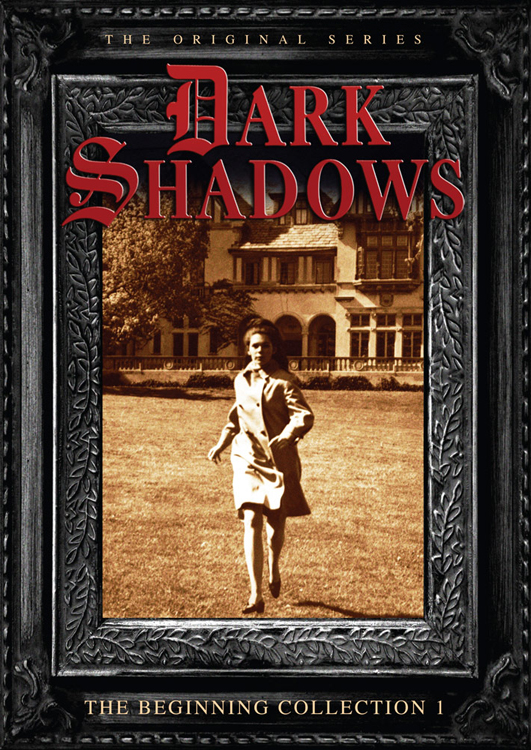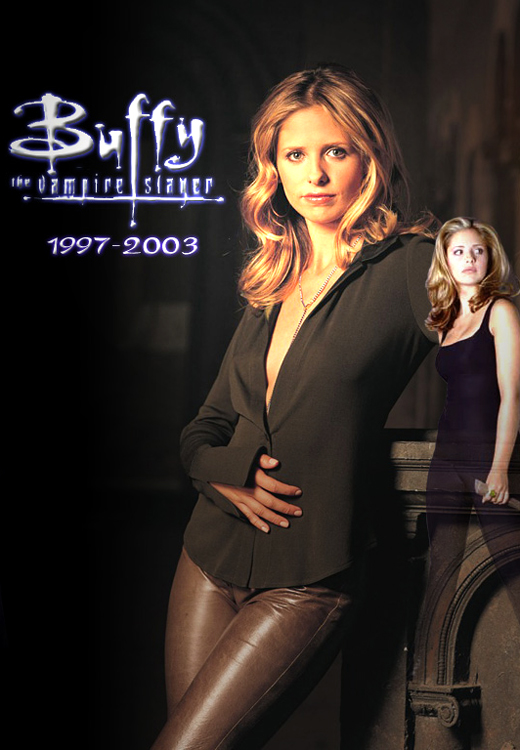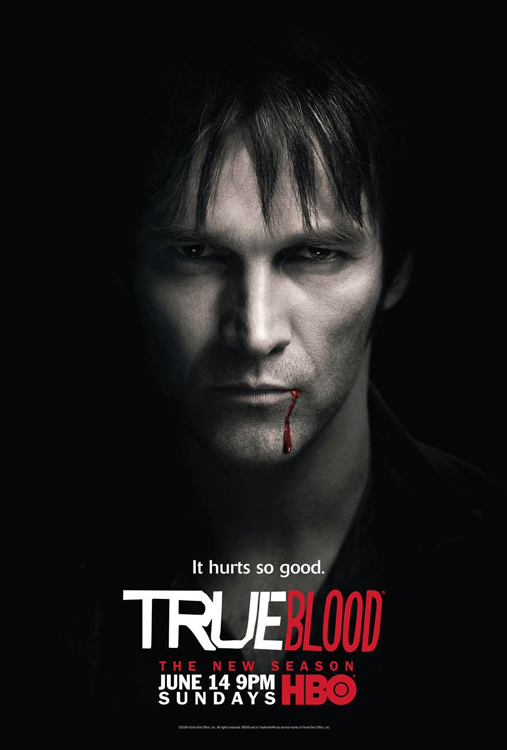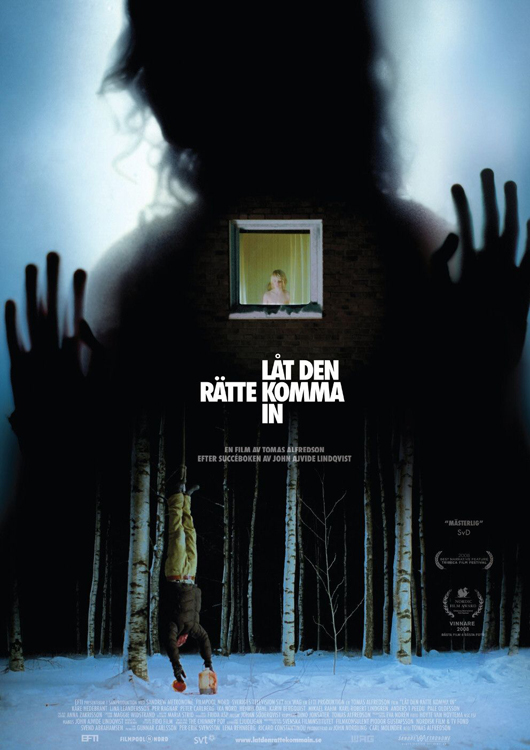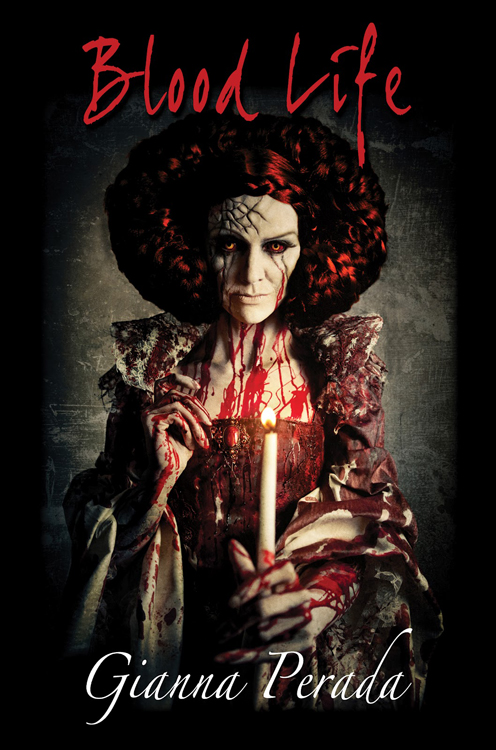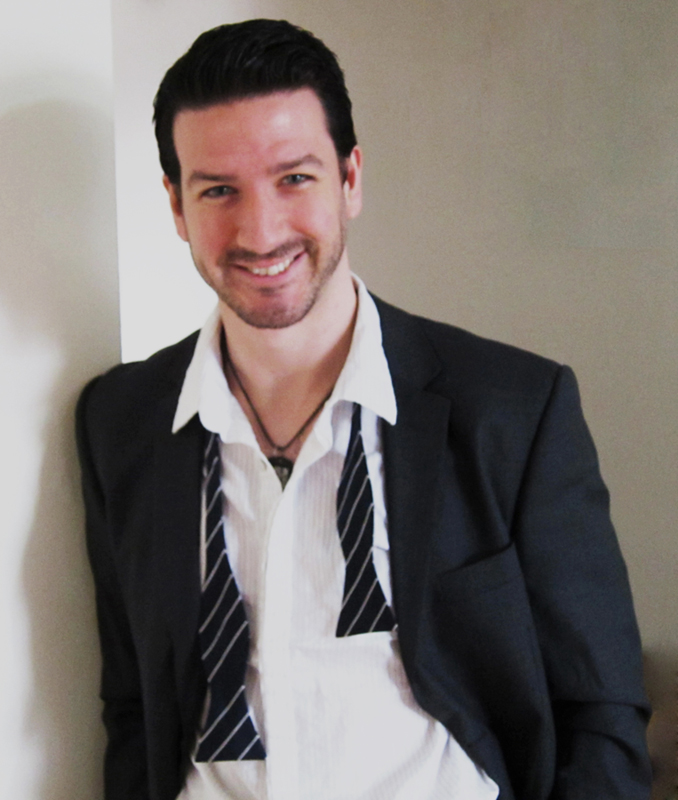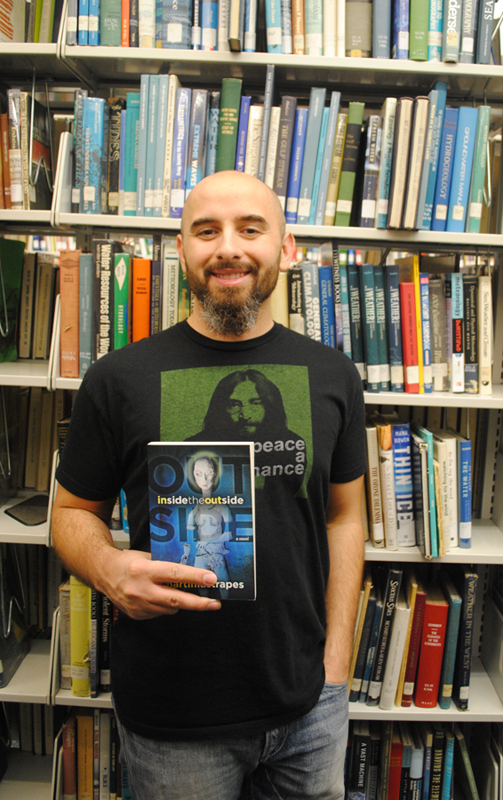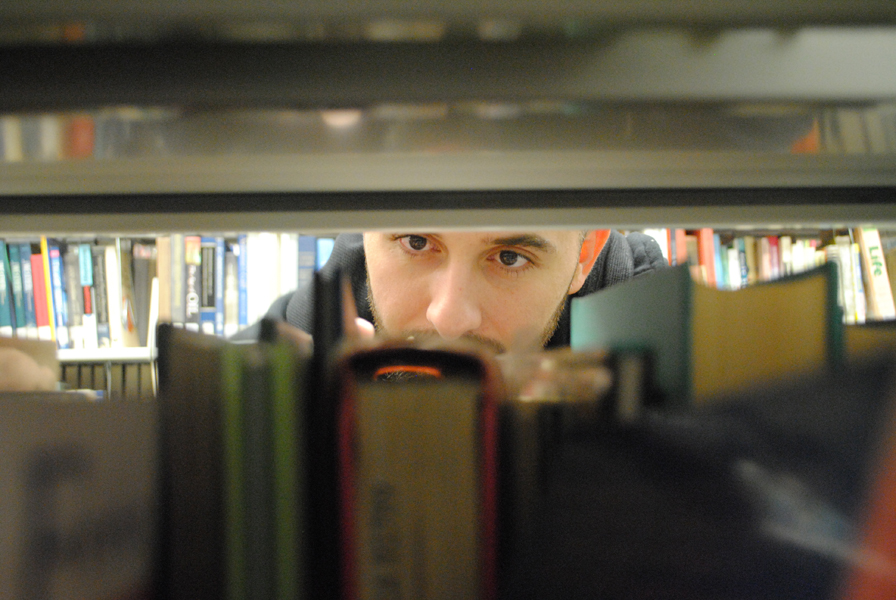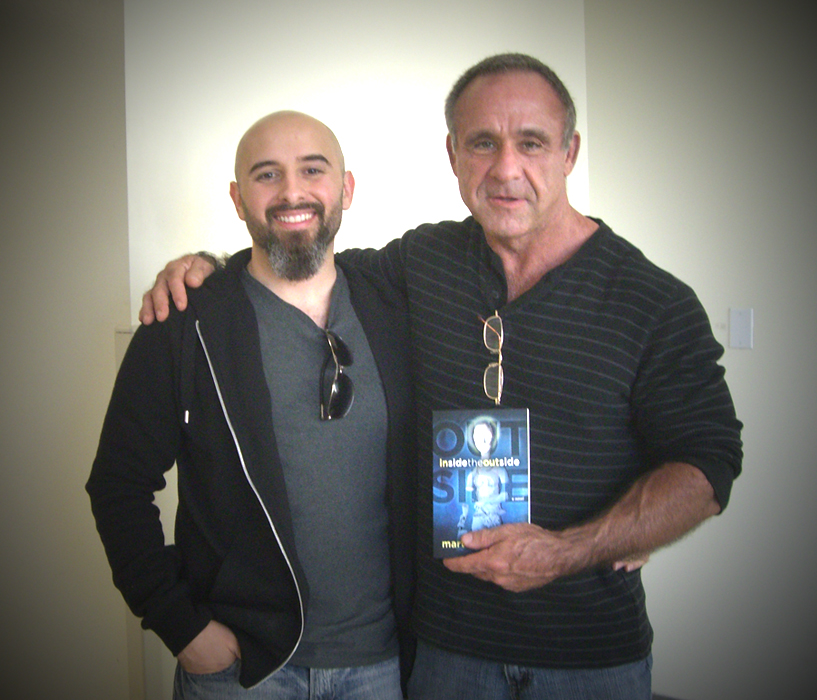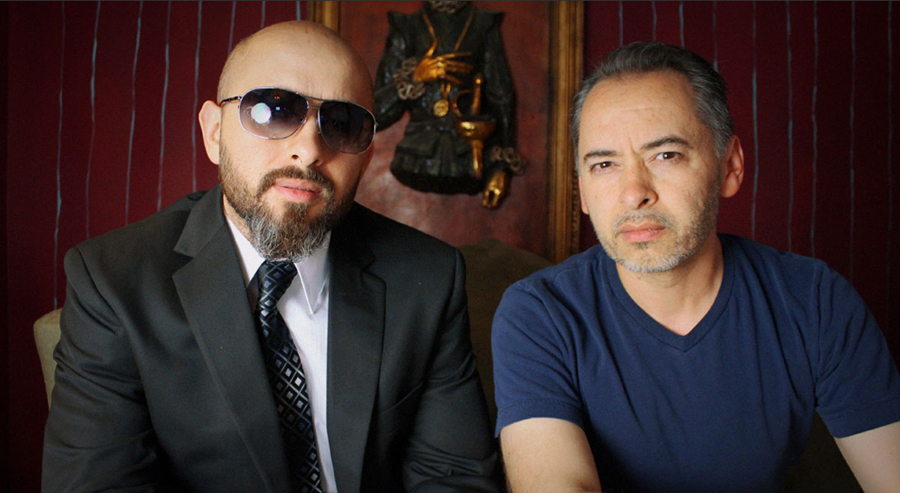Max Zaoui, a 35-year-old Frenchman living in the East of France, recently read my debut novel, Inside the Outside, and contacted me through Facebook to tell me how much he enjoyed it. It's the sort of message authors love, just an out-of-the-blue compliment from a complete stranger. Max is an English teacher by trade and a husband and father at home, so he doesn't have a whole lot of free time; the fact that he spent a portion of his leisure time reading my book, only to then take more time out to write me a kind message was flattering enough. But Max then told me he loved Inside the Outside so much that he could write a whole essay about it—and then he did. Every author should be so lucky. So, without further ado, I present to you...
Microcosm and Macrocosm: A Closer Look at Inside the Outside
by Max Zaoui

While reading Inside the Outside, I felt a kinship between this story and what Chuck Palahniuk can write: brilliant storytelling hiding universal truths under a shocking, violent and original surface layer. I did not understand how this novel could be deemed a horror story, as I've read here and there. To me, it's a literary achievement that doesn't need a label.
Martin Lastrapes' novel is a brilliant allegory, a book-long metaphor of the world we live in. It may not look like it at first sight, as we follow some kind of man-eating tribe living in a secluded place somewhere in the USA. Their customs may seem backward, arbitrary and cruel: everyone is trapped in the "compound," as their master/guru Daddy Marlow forbids going into the "Outside," which is considered evil; you can be sacrificed and eaten for even asking. Daddy Marlow can do everything he wants, while the rest of the tribe has to follow orders and shut up. He can impregnate every woman, while others can't have a normal relationship. You can't let your hair grow, because it's evil.
The Divinity of Feminine Reproach, which is the name of Daddy Marlow's compound, looks like a sect—a cult. Yet, when you think about it, his society shares common points with ours, or with any other in history: they have a strong and charismatic leader in Daddy Marlow (POLITICAL OR RELIGIOUS LEADER), a definite living space with frontiers (TERRITORY), a set of rules everyone must follow (LAW) or they can be severely punished (JUSTICE), a people split between those who're happy that way and those who dream of leaving (REVOLT). The Divinity is a microcosm (the "Inside"), which parallels the functioning of the world at large, the macrocosm (the "Outside").

In Jonathan Swift's classic novel, Gulliver's Travels, probably the most representative book using the microcosm/macrocosm pattern, the main character, Lemuel Gulliver, travelled the world and encountered foreign populations living along (for him) strange conceptions. This 18th century novel was a fierce attack on politics and religion, since every place he went was corrupted in its own way. Inside the Outside, with a title already hinting at the idea of micro and macrocosm, is both completely different and similar to Swift's work. Different in that the main character, a cannibal/murderer/lesbian named Timber Marlow, is the kind of "savage" Gulliver would have met along his trips in that she's not discovering the world, but rather she's trapped, like the others, in this jail-like compound. However, it's similar in the parallel anyone can draw between this world and ours, this microcosm and the world at large: it's a place where corruption touches and transforms everyone, where false beliefs and violent customs justify terrible decisions, where the power of a few is based on the ignorance and weakness of all the others, where lies and deceit are constant.
The story is presented as such by an omniscient narrator (I can't spoil it too much here, but let's just say this narrator is both "inside" and "outside") who sometimes addresses their reader, thus allowing for a metafictional aspect: from the beginning the reader knows he is reading a "story," something he may be allowed to doubt or question, even more so when sometimes the narrator admits that some parts are constructions.

Consider this excerpt from "Chapter Eight": "But the reality is, for all the many stories she can vouch for regarding the Divinity, what follows is a narrative completely of her imagination. As best as she can make sense of it, the story of Sissy Marlow probably proceeded as follows." There are even, as this excerpt shows, stories within the story (especially in "Part Two: The Outside"), another metafictional aspect.
The whole narrative appears then as a legend passed from one generation to the next, some kind of symbolical/mystical/philosophical myth that should not be taken literally. This is linked to the previous idea: many, if not all, conflicts in the history of mankind were linked with a literal reading of scriptures, a blind faith in words, whether they were spoken by a religious/political leader or written in a holy book.
The second part of the novel adds more flesh to the main character and to the others surrounding her. A clever mix of flashbacks and present, quite close to what Quentin Tarantino can do in his movies, allows for a better understanding of each one's evolution (or metamorphosis, a word used when a reference is made to Franz Kafka's novel, The Metamorphosis, at the beginning of "Part Three: The Fifth Year," in a very metafictional passage), of how they came to be what they are. The story becomes a kind of picaresque novel, a bildungsroman like Voltaire's Candide, only with multiple heads. It seems every character in Inside the Outside possesses a form of naïveté at first, but all are confronted with the world's corruption. They all have to adapt in one way or another (survival of the fittest), but no one is left unscathed, as if it was impossible to remain "outside" the "outside." Especially since every situation called for some form of transgression, be it cannibalism, sexuality (whether hetero or homo), murder, escape—all things meant to leave one form of evil, only to throw them back into another.

While Timber seems to represent humanity, a glimmer of hope and free will, she is nonetheless capable of murder, as Lastrapes alludes to when describing "the dark seed with charcoal branches around her heart." Leaving Daddy Marlow and the Inside will only send her to repeat the same things with another leader in the Outside: Joseph Goldstein—sort of putting the Inside inside the Outside. There's an unescapable fate at work here, a condemnation to repeat the same things over and over, as in Nietzsche's concept of the eternal return. Even Disneyland, often mentioned in "Part Three," looks like a reversed mirror, yet another microcosm (or a macrocosm in itself filled with microcosms) where make-believe reigns.
For so many of the characters in Inside the Outside, freedom looks out-of-reach, though it may just be a self-imposed limitation; an idea alluded to by Ginger Falls, one of the primary characters in the novel, when, during a conversation with Billy D. Luscious she tells him the story of how Houdini was once willingly trapped in a jail cell by a police officer who dared him to escape. When Houdini finally gave up, the police officer told him the cell was never locked. All he had to do was walk out and he’d be free.
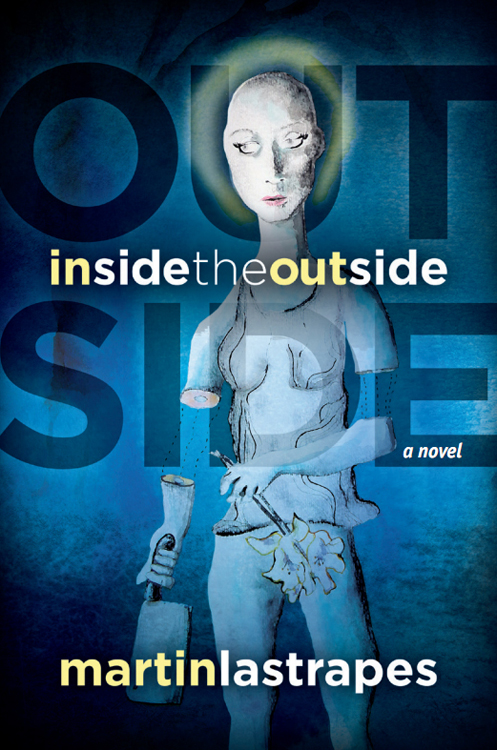 For some years, I had harboured the suspicion that eating animals was morally suspect and a practice I should curb, but, goddamn it, those critters were just too delicious and the prospect of vegetarianism too inconvenient to compel me to action. Upon finishing Inside the Outside, a remarkable tale of a young woman raised within a cannibalistic cult, I instantly stopped eating meat and fish.
For some years, I had harboured the suspicion that eating animals was morally suspect and a practice I should curb, but, goddamn it, those critters were just too delicious and the prospect of vegetarianism too inconvenient to compel me to action. Upon finishing Inside the Outside, a remarkable tale of a young woman raised within a cannibalistic cult, I instantly stopped eating meat and fish.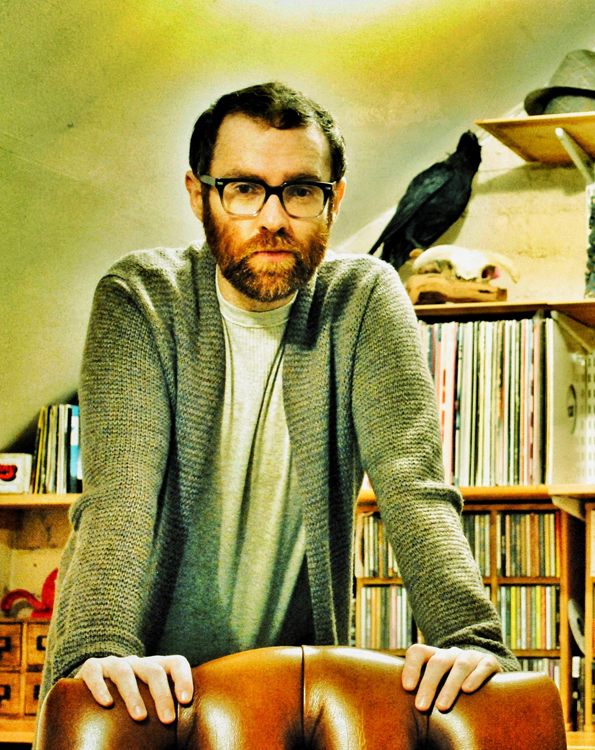 The detached, unquestioning way in which the book's main characters equate people with meat, coupled with the isolation of the setting and the quality of Lastrapes' prose is tantamount to indoctrination. When I learned, through the book's protagonist, Timber Marlow, that people on the outside survive by eating animals, it was as though I was hearing this information for the first time.
The detached, unquestioning way in which the book's main characters equate people with meat, coupled with the isolation of the setting and the quality of Lastrapes' prose is tantamount to indoctrination. When I learned, through the book's protagonist, Timber Marlow, that people on the outside survive by eating animals, it was as though I was hearing this information for the first time.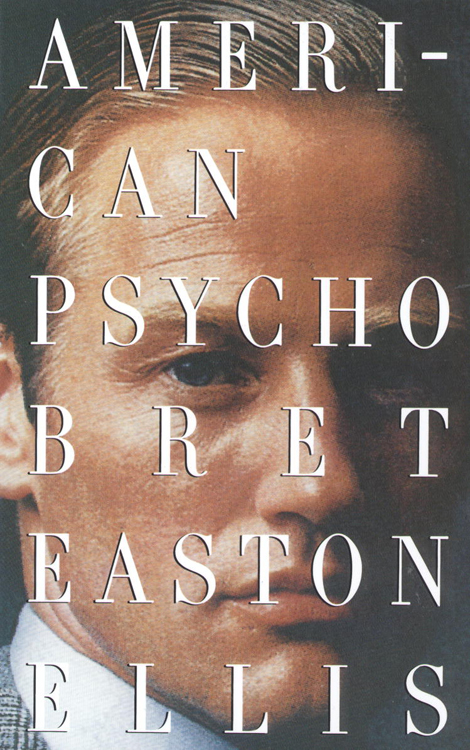 If you want a grisly page-turner, Inside the Outside will more than deliver. Get beneath the skin and subcutaneous fat though and, as with the human body, what you'll find with Inside the Outside is a complex and impressive structure, not of veins and capillaries but themes, ideas, and commentary.
If you want a grisly page-turner, Inside the Outside will more than deliver. Get beneath the skin and subcutaneous fat though and, as with the human body, what you'll find with Inside the Outside is a complex and impressive structure, not of veins and capillaries but themes, ideas, and commentary.

